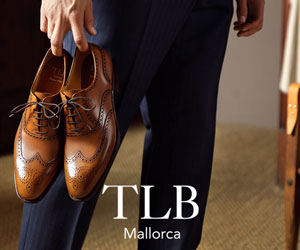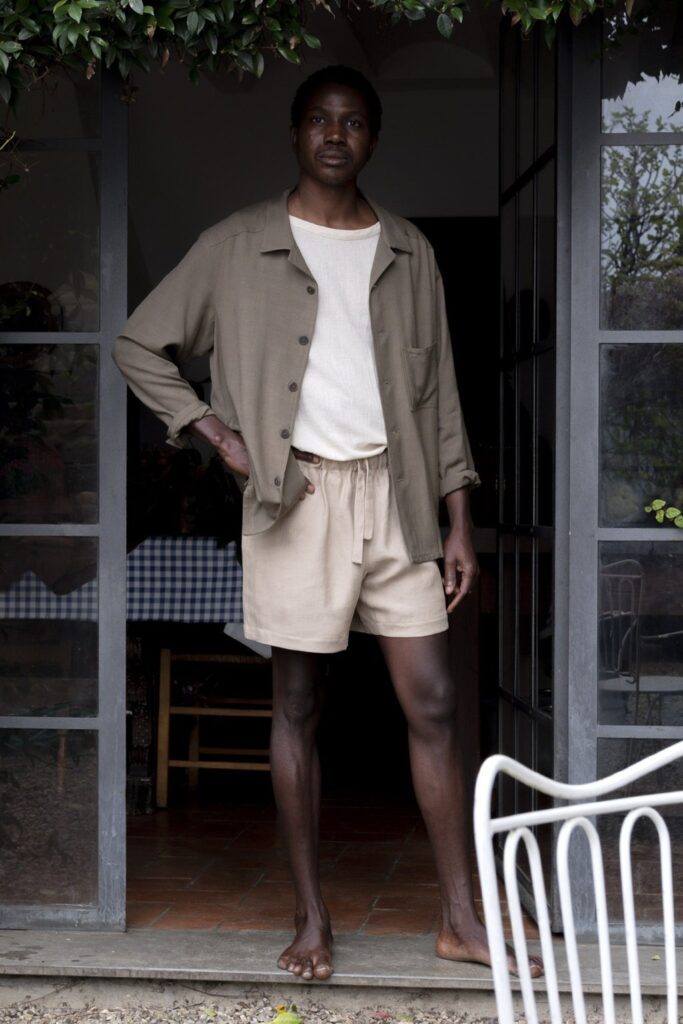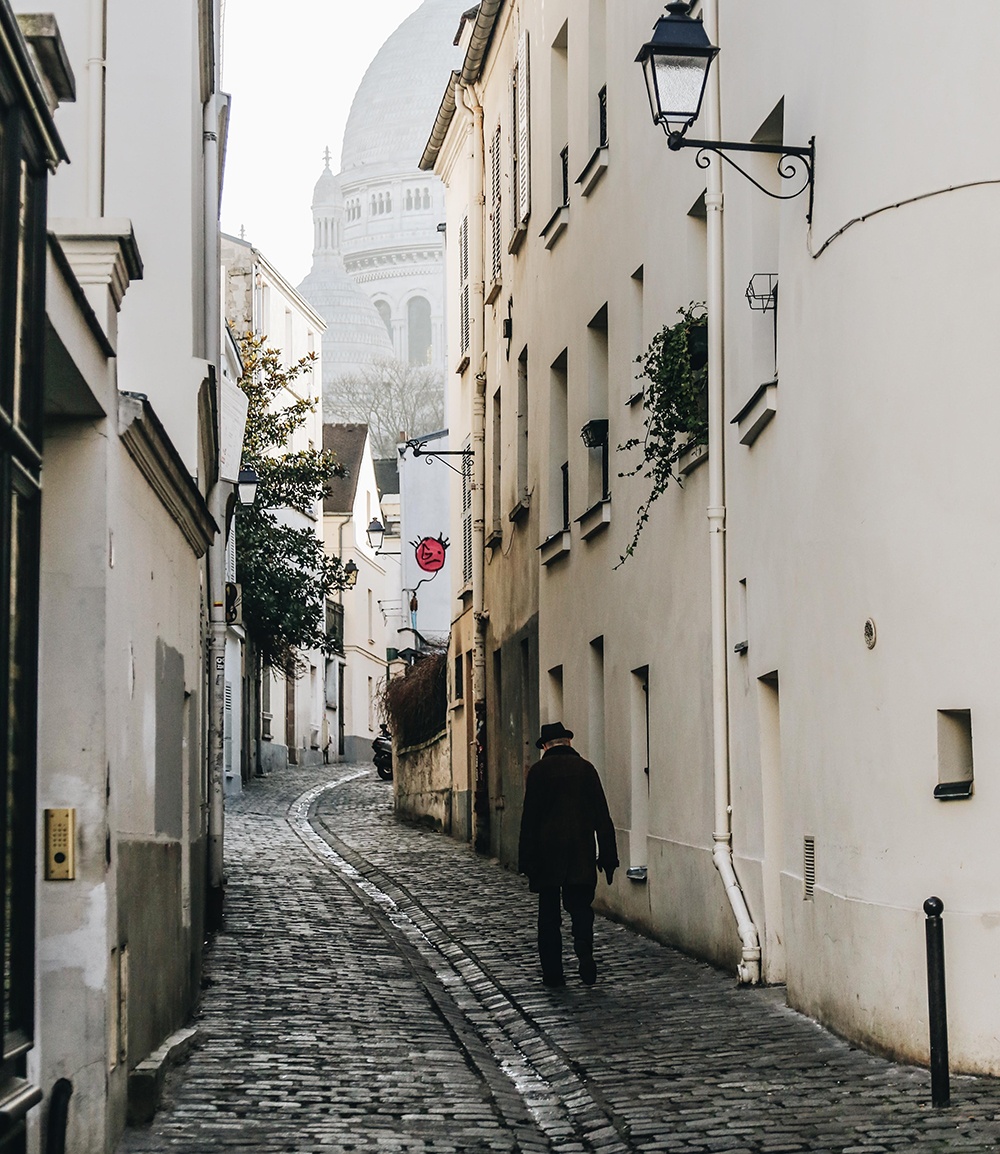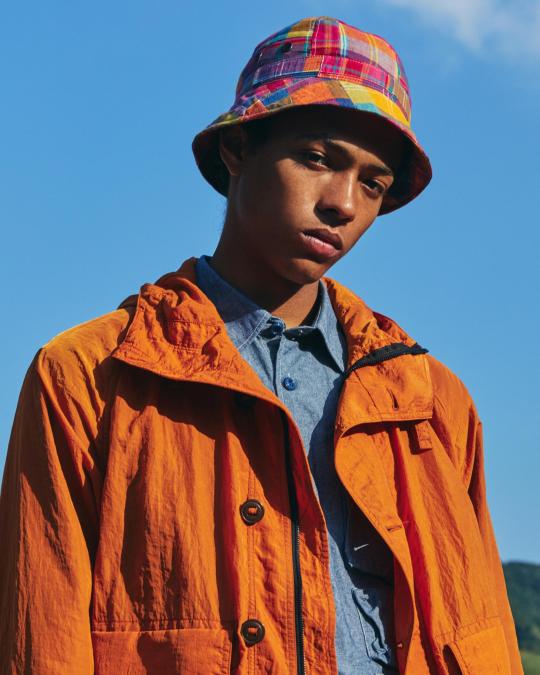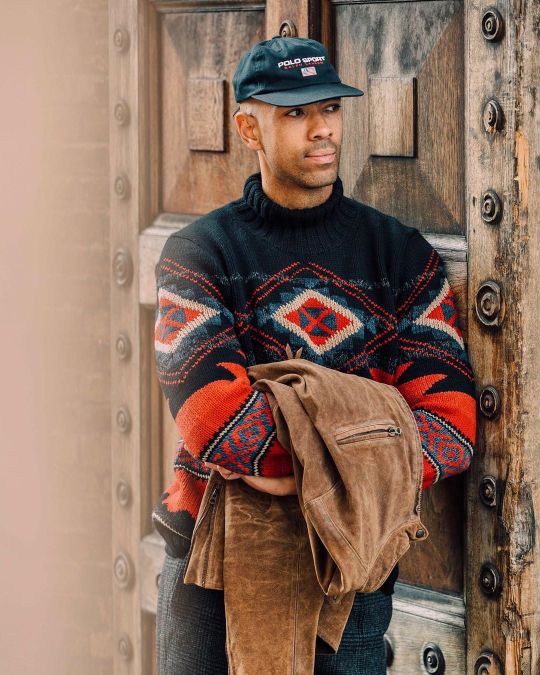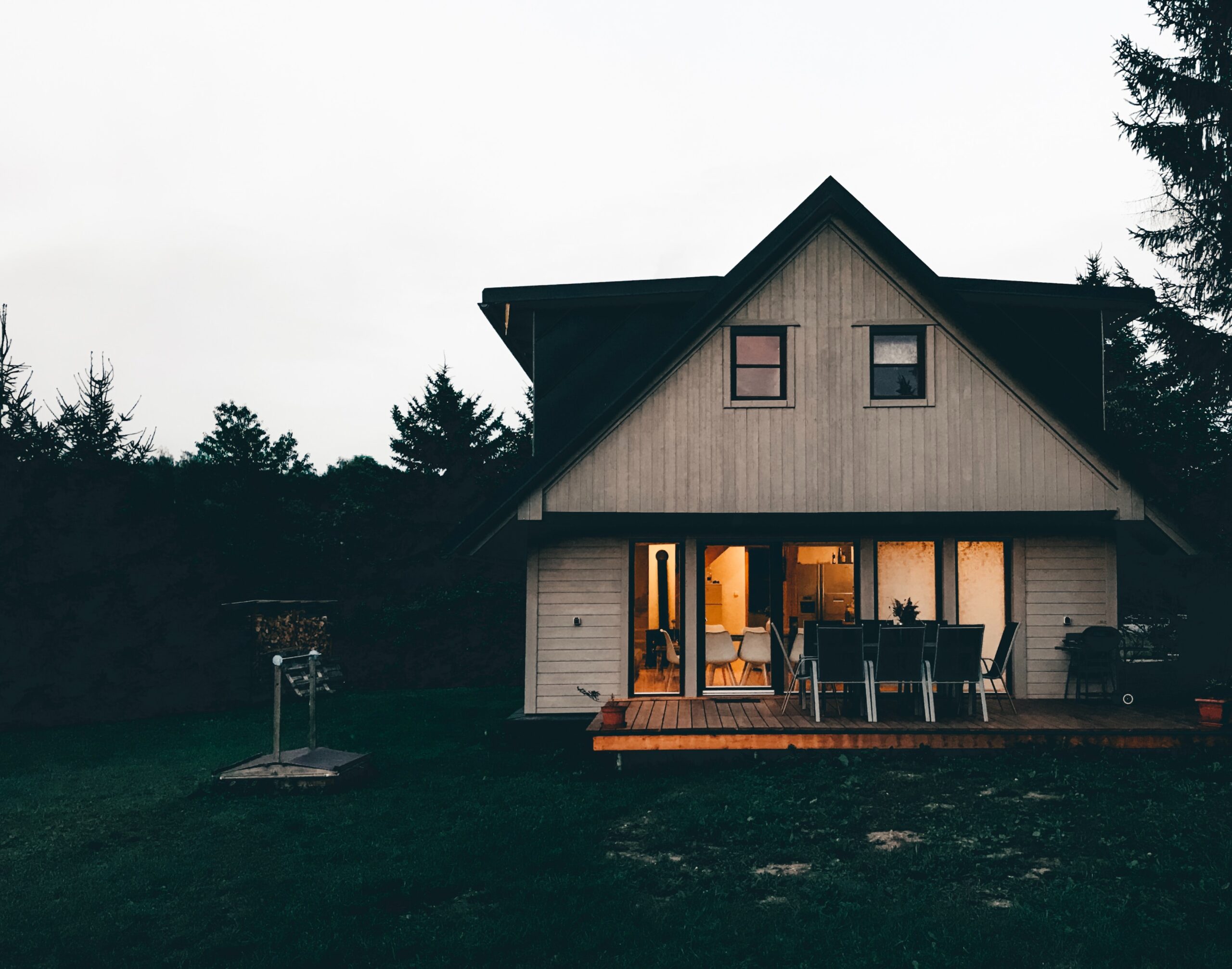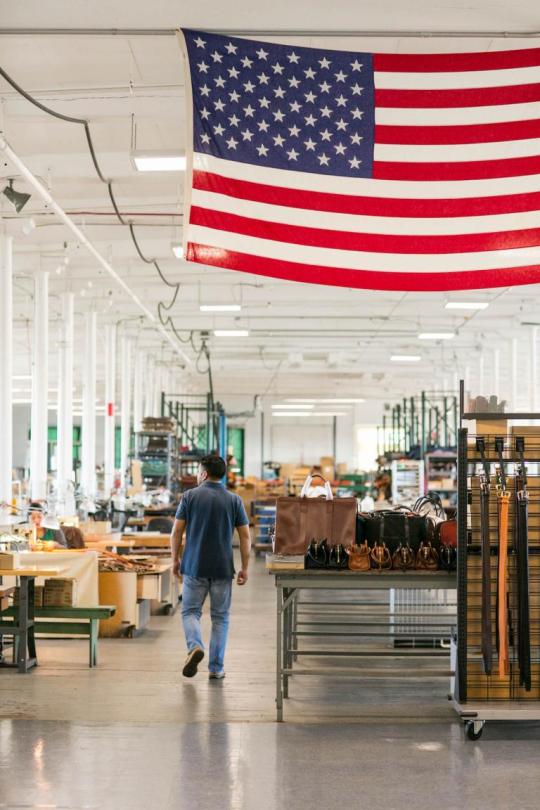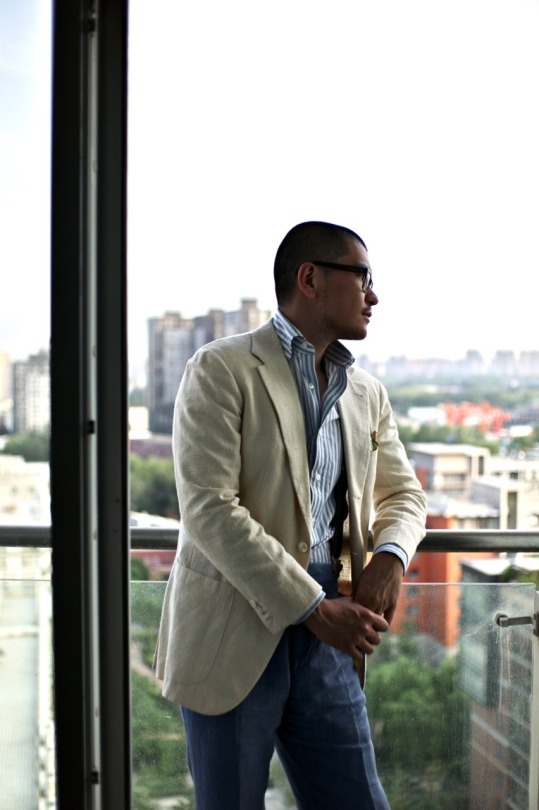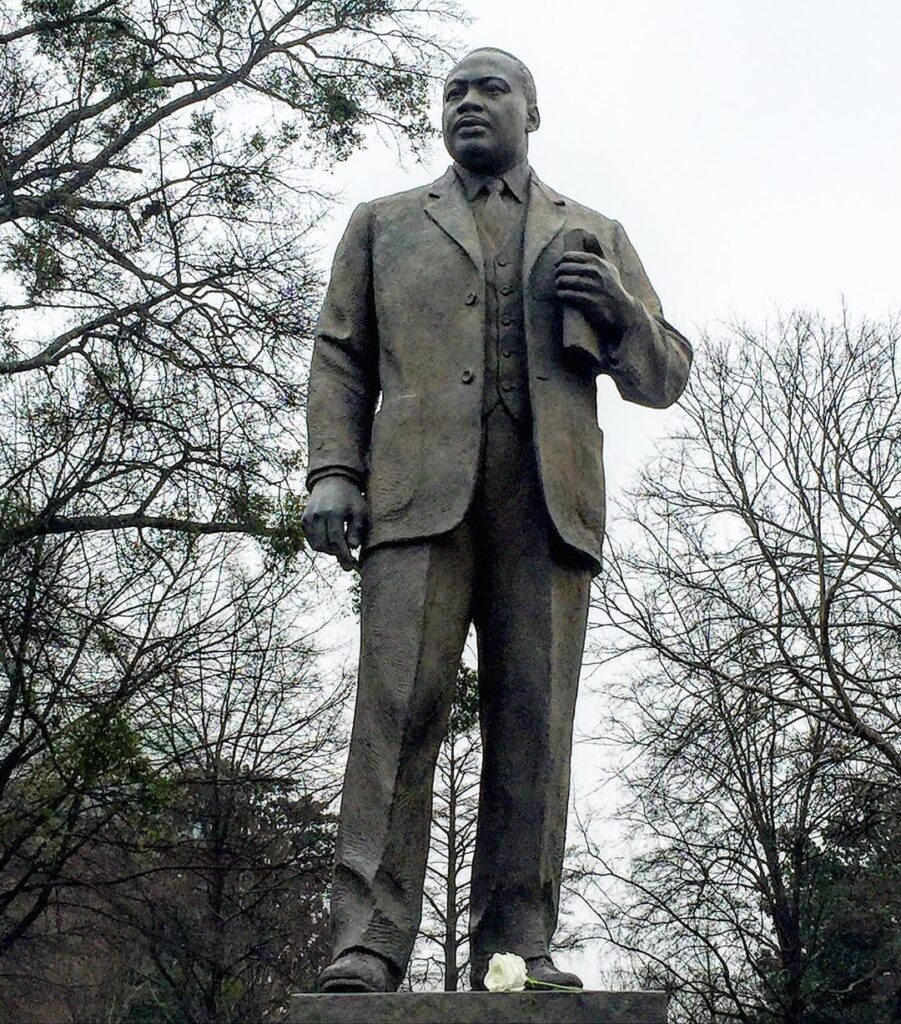
Like millions of other Americans, and now millions more abroad, I was horrified to see police officer Derek Chauvin slowly and blithely choking the life out of George Floyd this late May. America has progressed in some ways that I never thought I’d see. And yet, on the issue of police brutality and racial violence, I feel as horrified today as I did when I watched Rodney King get brutally beaten in 1991, or heard about the senseless execution of Amadou Diallo in 1999. Or when I read about Trayvon Martin, Freddie Gray, Ahmaud Arbery, Breonna Taylor, and countless others. It feels like the only thing that has changed is how we consume the news about these deaths.
I’m far from an expert on this issue, but I wanted to share some things I’ve been reading and doing. By now, you’re probably buried in recommended reading lists and resource guides. If you’re anything like me, you may be feeling overwhelmed by the suggestions. There are just so many links and lists, coupled with the heavy heart I feel over this issue, I find it’s easy to put things off for another day.
Sometimes, however, I come across something short and manageable, and it’s easy to act upon it at that moment. Yesterday, Mark Cho of The Armoury shared an excerpt from a book about redlining. David Shuck at Heddels wrote about how you can help reform the criminal justice system. The Cut has an excellent post on how you can support the struggle against police brutality. This morning, 3sixteen sent out nine links related to this issue (I like their reading list). I also want to share a brief list of things I’ve found to be useful. Maybe there’s something here you will find helpful too.
Keep reading